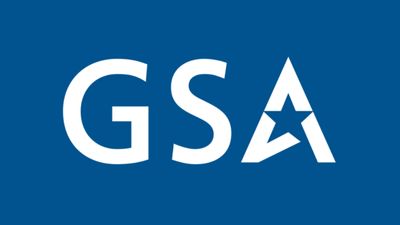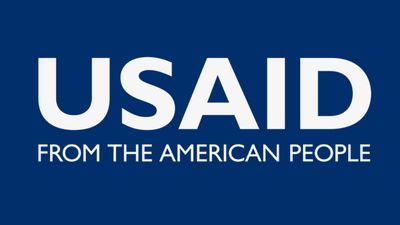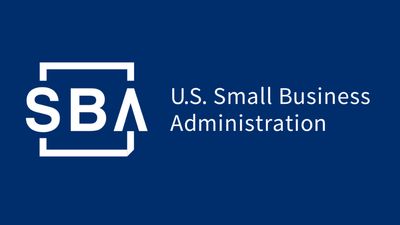Building Transparency into Federal Decision-Making
- Design Manager, Federal Projects,
- Experience Design Lead
- White House Communications,
- Bixal
- Experience Design,
- Interaction Design,
- Agile Design,
- Information Architecture
The website for the White House’s Made in America Office (MIAO) provided transparency into the U.S. government’s procurement processes.
The Initiative
The Made In America initiative is a U.S. government program aimed at promoting American manufacturing and ensuring that products sold in the United States are produced domestically. Launched to bolster economic growth, the initiative focuses on creating jobs, supporting American businesses, and strengthening supply chains within the country. It involves policies and regulations that encourage companies to source materials and manufacture goods in the U.S., thereby boosting domestic industry and reducing dependency on foreign imports. The initiative also highlights American-made products, fostering consumer awareness and preference for domestically produced goods. It underscores a commitment to revitalizing the national economy through increased industrial activity and innovation.
The Solution
My team developed a digital tool for MIAO to manage waiver requests efficiently, focusing on clarity, consistency, and transparency across federal agencies. The website aimed to offer U.S. producers and small businesses insight into federal contracting opportunities, supporting the wider goal of boosting American manufacturing. The public database provided comprehensive visibility on waivers, extending from submission to approval or rejection, thereby enhancing transparency and consistency.
Human-Centered Strategy & Language Importance
A coherent human-centered design (HCD) strategy was implemented, focusing on common themes among user stories and aligning them with the goals of the executive order.
Understanding User Needs through User Stories
User stories were developed for three key user groups: Contracting Officers, MIAO Reviewers, and Federal Contractors. These stories helped to distill the essential problems each group faced in the context of waiver requests.
User stories focused on common tasks like specifying correct codes for waiver requests and ensuring the validity of these codes, critical for the smooth processing of waivers.
High-Level Journey Mapping
At the foundation of the design strategy was a detailed, blockframed map illustrating the public’s journey through the website, fostering a shared understanding among the team and stakeholders and allowing for low-cost iterative design enhancements.
Centralized Information and Increased Transparency
The team created a public database to provide comprehensive visibility on waivers, extending from submission to approval or rejection, thereby enhancing transparency and consistency.
Visibility of Federal Contracting Opportunities
The website offered U.S. producers and small businesses insight into federal contracting opportunities, supporting the wider goal of boosting American manufacturing.
Human-Centered Research & Agile Design
The project was grounded in human-centered research and design, maintaining an agile and responsive approach to rapidly adapt to changing requirements.
Agile HCD
The project was grounded in human-centered research and design, maintaining an agile and responsive approach to rapidly adapt to changing requirements.




